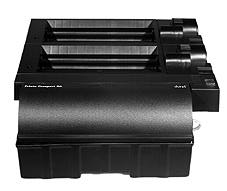


The Printo Compact is a very neat unit which sits in a waterproof base tray and comes ready assembled. The Printo has four sections - the feed module which clips on to the developer module, with the blix module fitting on to the end.
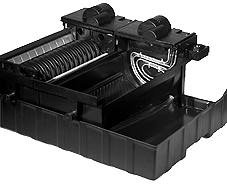
The developer and blix modules both sit in 2.5 liter tanks. A drive and heating module fits along the side of the unit. The whole unit is then made light-tight with easily fitted plastic covers.
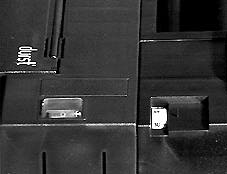
The electric connections are situated on the side of the heating module and are well insulated from any liquids that may splash about when loading the chemistry. Stripping down and reassembling the Printo takes about 10 minutes.
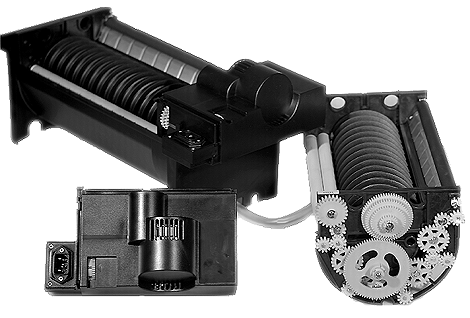
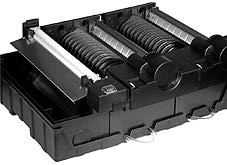
The paper is loaded into the processor by placing it on to a stainless steel plate and allowing the feed roller to draw it into the first module. When the cover is closed the feed module has a cylindrical light-tight chamber which holds a 16 x 12" piece of paper curled in a roll. In practice I found the feed module to be smooth in operation but if care was not taken to align the 16 x 12" paper dead square on the feed plate the finished print could be chewed along one side.
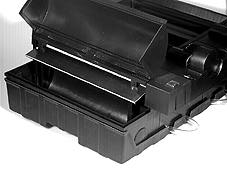
I found that the best way to load the Printo in the dark was to stand directly facing it so that I was square on to the feed rollers. When I tried loading from the side I found that I had some problems in locating the paper accurately in the rollers. This is not a criticism of the design, merely a observation. The Printo can fit facing you on a normal kitchen worktop depth for easier loading but really needs space at the exit end for a dish of pre-wash water to receive the prints.
One other small problem that I found with the feed module was that the hinged cover could unclip itself if allowed to drop forward when opening it in the dark to load a print. This happened twice in one session so I had to wait until the print was processed before I could switch on the light. Fortunately the speed of the RA4 process meant that the wait was only 90 seconds. The cover is fitted by pushing a plastic rod into a tight slot on the top of the processor and it can drop out if it is not securely fixed. Durst suggest that prints as small as 4 x 2.5" can be processed, but I found that on one occasion a 6 x 3" test strip stuck to the rollers.
In the next issue, I will be looking at suitable chemicals and papers, and testing the Durst M307 EasyColor enlarger using black and white, color negative and Ilfochrome color reversal materials.